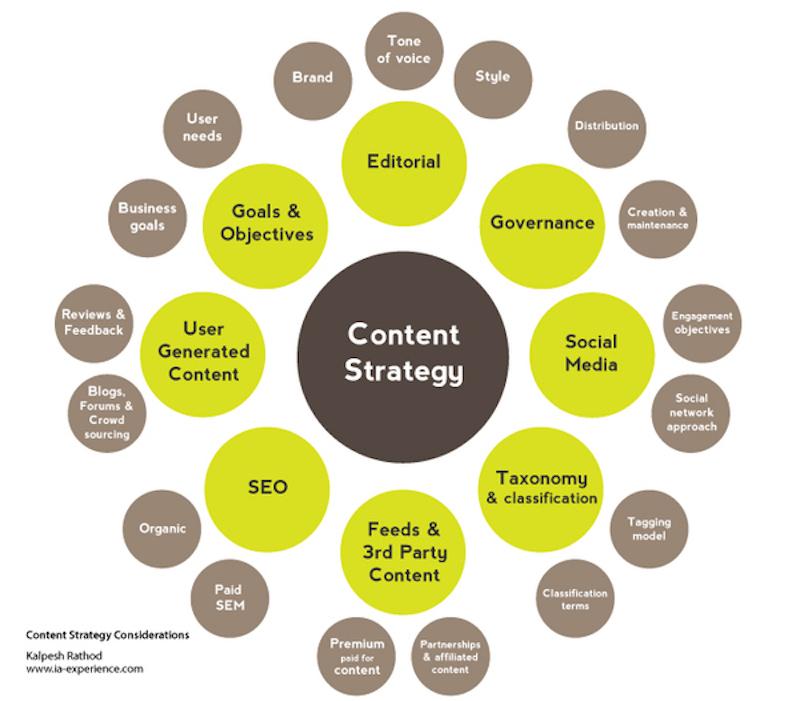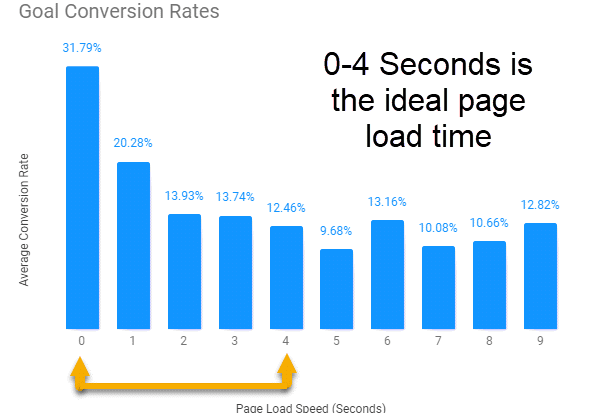
How to Stand Out in a Saturated Market: 6 Pro Tips for Startups
April 4, 2021
Beginning any startup business is daunting, exhausting, and overwhelming—even if you feel like you have the best product in its respective market and have already secured funding. Complicating things is the high new number of startups that are created each year, which means more noise and fluff on the market.
Indeed, statistics show that 90% of startups fail within the first year and only 50% of startups actually make it to their fifth year. Standing out in a saturated market is essential for achieving startup success.
Luckily, there are several simple and yet effective strategies you can implement to make sure your startup can stand out above the rest, attract ideal clients, and build authority. To help you out, we’ve compiled six different ways you can follow to ensure your startup is cutting through the noise and is being seen and heard:
- Provide quick and easy delivery methods
- Build an effective content strategy
- Always keep track of your KPIs
- Be socially responsible
- Enhance website performance
- Identify gaps in your performance
How to stand apart from the noisy startup crowd
Standing out in a saturated market isn’t about being the loudest or brightest business in the crowd. To stand apart from the rest, everything you do needs to stand apart, even your work behind the scenes. These six tips to follow will show you that it’s not just about customer service, but also about your partnerships, website performance, internal goal setting and measuring, adherence to your values, relationship to your competitors, and more.
1. Provide quick & easy delivery methods
Every major company and big brands started from somewhere, including giants such as Google and Amazon. Amazon started as a small startup back in 1994 but made an impression to spring themselves to the forefront of online retailers.
How? One of the many strategies they employed was their promise of delivery within two days through Amazon Prime. Amazon has also made future promises to deliver products to its customers in 30 minutes using drones in the near future.
Consumers love speed and reliability—especially when they have ordered online. Applying this to your own delivery strategy can make the difference between a potential lead choosing your brand over one that doesn’t offer quick and reliable delivery.
2. Build an effective content marketing strategy
One of the most important pages on your website will be your blog. Not only does content drive organic traffic to your website, but it also helps you build trust and connection with your target audience and gives you an opportunity to be a ‘thought leader’ in your industry, which assists you when developing and building relationships with networks.
However, content marketing isn’t just about writing content. You need to develop an effective content marketing strategy that is less about writing. A successful content marketing strategy for startups has to include a number of processes that are focused on customer acquisition, SEO rankings, forming partnerships and building high-quality backlinks.
When it comes to creating content, originality and creativity stands out against boring and fluffy stories that are being told over and over again. Consider marketing to be more of an art than a science. Using your unique voice, sense of humor to communicate who you are and what you do can sculpt the foundations of your brand and allow your audience to get to know you and remember you.
3. Always keep track of your KPIs
Even the best thought-out marketing campaign can fail. If this happens, it can be devastating, especially if mass amounts of time, energy, and money were invested. But the key is to not give up, learn from the mistakes, and to keep trying new and improved ideas.
Keeping a close watch on your competitors and their successes and failures can not only provide you with some much-needed reassurance but also offer an opportunity for you to notice and learn about the industry you are targeting, what works for them and what doesn’t.
As well as keeping a close eye on your competitors, measuring the performance of campaigns by tracking certain KPIs can also be a crucial indicator of what is going right and where you are going wrong. Measuring KPIs (like those from Google Ads) and responding to them effectively can support increased future engagement, brand awareness, conversations, and generate more leads in the long run.
From our Agency Profitability KPIs post
4. Be socially responsible
The modern cultural climate values social responsibility. Many people turn to startups and small businesses because they are weary of big brands that have numerous stains on their sustainability track records – a lack of environmental awareness, poor working conditions, cruel testing on animals, and abusing human rights in developing nations are some of the issues eco-conscious consumers want to eradicate.
Informing ideal audiences that your small startup is socially responsible and aware can help you gain trust, connection, and authenticity with ideal clients who are actively looking for these elements when choosing to buy from a brand.
5. Enhance website performance
In the age of speed and reliability, it’s not just delivery times that consumers want immediately. Gone are the days where we had to wait for our computers to connect and load the internet.
We now have extremely high expectations for website loading speeds (and more—learn about Core Web Vitals here—and most people are not willing to wait around. These high expectations have resulted in users feeling frustrated if there is even a minimal connection speed delay. As an example, a delay of just one second leads to a 7% decrease in website engagement on average. Remember that with visitors, page loading speed is their first experience with your brand so expecting them to wait for the website to load is a sure way of losing them as readers and customers.
Lazy loading is a page speed optimization technique that enhances website performance and can make a huge difference to your website’s bounce rates. It ensures that the most important parts of your website are loaded quickly, while the non-critical pages that require more time to load are loaded while the viewer is exploring the essential parts.
Not all websites need to employ lazy loading as there are many other ways to make your website faster, but they are all worth considering as keeping the attention of customers, especially early on, is paramount.
6. Identify gaps in your industry
Despite the fact that the ecommerce market is both bustling and saturated, there are often cohorts of consumers that still don’t feel like their needs or wants are being met. Identifying these gaps in the market and meeting the specific needs of these cohorts is an excellent way of representing a niche market and boosting your revenue significantly.
Learning how to identify a starving crowd and the problems they face is the first step in creating a business that serves them. Another strategy is to identify the shortcomings of your competitors and their products and see where your brand and products can meet these gaps in the market.
Stay unique and seek out opportunities to stand out
When it comes to standing out in a saturated crowd, it’s about being unique enough for overwhelmed consumers to find and remember you. We have mentioned only but a few strategies to help you achieve this. They include:
- Provide quick and easy delivery methods
- Build an effective content strategy
- Always keep track of your KPIs
- Be socially responsible
- Enhance website performance
- Identify gaps in your performance
When positioning and launching your startup, it’s essential to stay on top of news and trends that are important to know when running a business and always be open to learning and growing from your competitors and industry as a whole.












